FULL SUN
But not in summer
pH
Neutral to slightly alkaline
PLANTING
Early Spring and Fall
FEEDING
Organic Phosphorous
EXPERIENCE
Easy
Cucumbers originate in the wild jungles of India. It was domesticated around 2-3 millennia BC, and later spread by trade to Europe and the Middle East. Cucumbers found its way to Greece, Turkey, Africa, Italy, Serbia, and Bulgaria. It was the Roman Empire however, that embraced this humble vegetable. It was not only used for culinary purposes but also to treat a variety of maladies.
The biggest complaint about cucumbers is the bitterness factor. Cucumbers and other members of the cucurbit family contain a compound called cucurbitacins. Stress factors such as extreme weather conditions, lack of water, poor soils cause the plant to produce more cucurbitacins. There are a few simple solutions.
- Grow varieties that have less of the bitterness factor. See the notes under varieties.
- During the hottest part of the season switch to growing Armenian cucumbers.
- The stem attachment end will contain most of the bitterness. Cut off a couple of inches from this end and sprinkle with salt. Use the cut end to rub against the salted bit and after a few seconds, a white milky substance will start to gather, this is the cucurbitacins being extracted.
- Soak slices in salted water for 5-10 min before using.
Most cucumber varieties will have separate male and separate female flowers on the same plant, as with all the cucurbit family plants. Cross-pollination is necessary for fruit set.
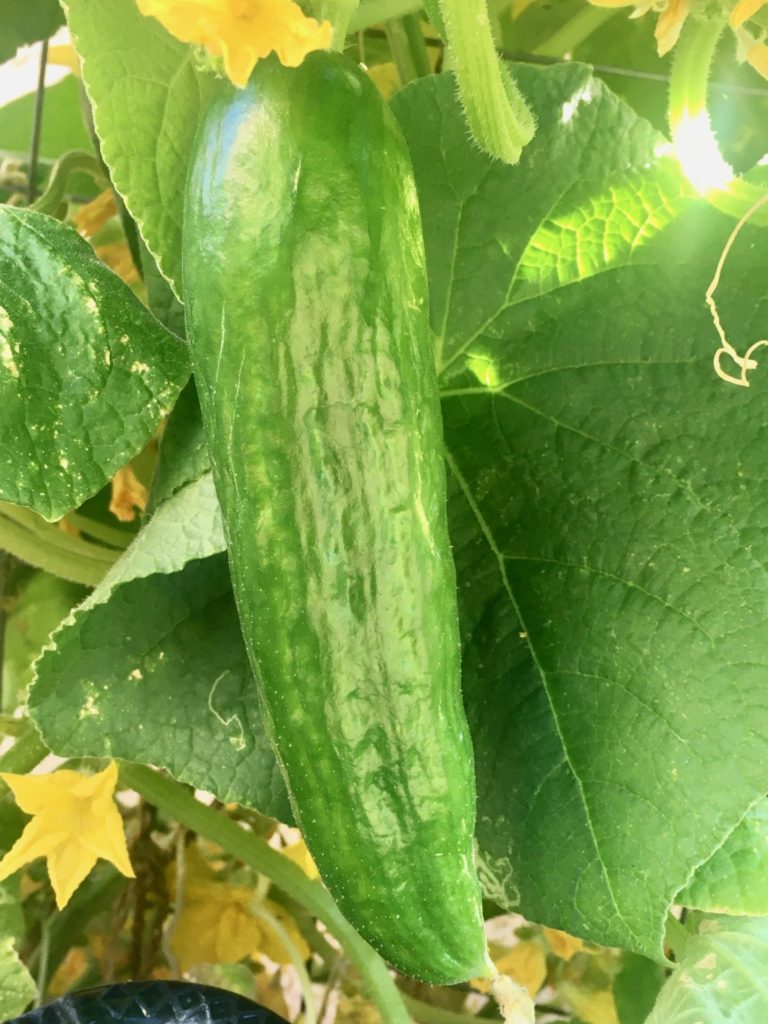
Varieties
There are 3 main categories of cucumbers, Pickling, Burpless, and Slicing.
Pickling Varieties:
Pickling cucumbers tend to have more spines than the other varieties. They are often thinner skinned and have a drier flesh. This allows for better absorption of the pickling liquids.
Cornichons: This classic French picking variety is sometimes called mini gherkins. It is an heirloom variety that dates back to the 1800s. They are harvested fully developed when they are no longer than 2 inches. This could also be considered a specialty type.
Boston Pickling Cucumber: Another classic pickling variety that dates back to 1880s. This heirloom type makes for crunchy pickles and is a common known pickling type.
Chicago Pickling: This variety is a quick producer taking 55 days before the first harvest. Harvest between 4-7 inches long. The thin skins take up picking liquid easily.
Burpless varieties:
Considered to have fewer cucurbitacins and are less bitter. The skins tend to be more smooth than other varieties and do not require peeling.
Muncher: One of the most reliable and pleasing varieties a gardener can plant. While they are great for fresh eating, they are also excellent for pickling.
Tender Green: A very smooth skin, great for slicing. This variety is very prolific and the cukes are ready between 3-5 inches long. An excellent variety for hotter weather, but will still not produce when temps are above 100 degrees.
Beit Alpha: This is a parthenocarpic variety with sweet crisp fruit. It originates in the Kibuttz area of Israel. It is picked for fresh eating when it is about 5-6 inches long. Larger fruit up to 12 inches can be pickled.
Persian Cucumbers: A favorite for many! These crisp but tender cucumbers are thin-skinned and grow to about 6 inches long. They are also seedless and perfect for snacking.
Slicing Varieties:
Slicing cucumbers are fresh eating cucumbers. Generally they are ready around 6 inches long but will grow up to 12 inches long for many varieties. Burpless cucumbers are also slicing cucumbers but have less bitterness.
Straight 8: An heirloom slicer with light green skin. They are best harvested around 6- 7 inches when skins are thinner, there are fewer seeds and the texture is best.
Marketmore 76: This heirloom variety has value in its disease resistance to powdery and downy mildew and cucumber mosaic virus. It also grows well in various weather conditions. Can be harvested around 9 inches long
There are also Specialty Cucumbers which include many fun and interesting varieties such as lemon cucumber, Poona kheera, Sikkim, Mexican sour gherkin, and of course Armenian cucumbers. Armenian cucumbers are not actually a cucumbers but snake melons. Many greenhouse varieties are also considered specialty cucumbers. The terms parthenocarpic and gynecoecous are often associated with greenhouse cucumbers. Parthenocarpic, means the blossoms produce sterile or seedless fruit. Pollination is not required by bees for these types. Gynecoecous cucumbers produced mostly females or fruiting flowers and resulting in more prolific harvests.
Container varieties are another category and are bread to have smaller vines perfect for container gardening. They will do well in a 5 gallon or larger container. Spacemaster is a common compact vine for container growers.
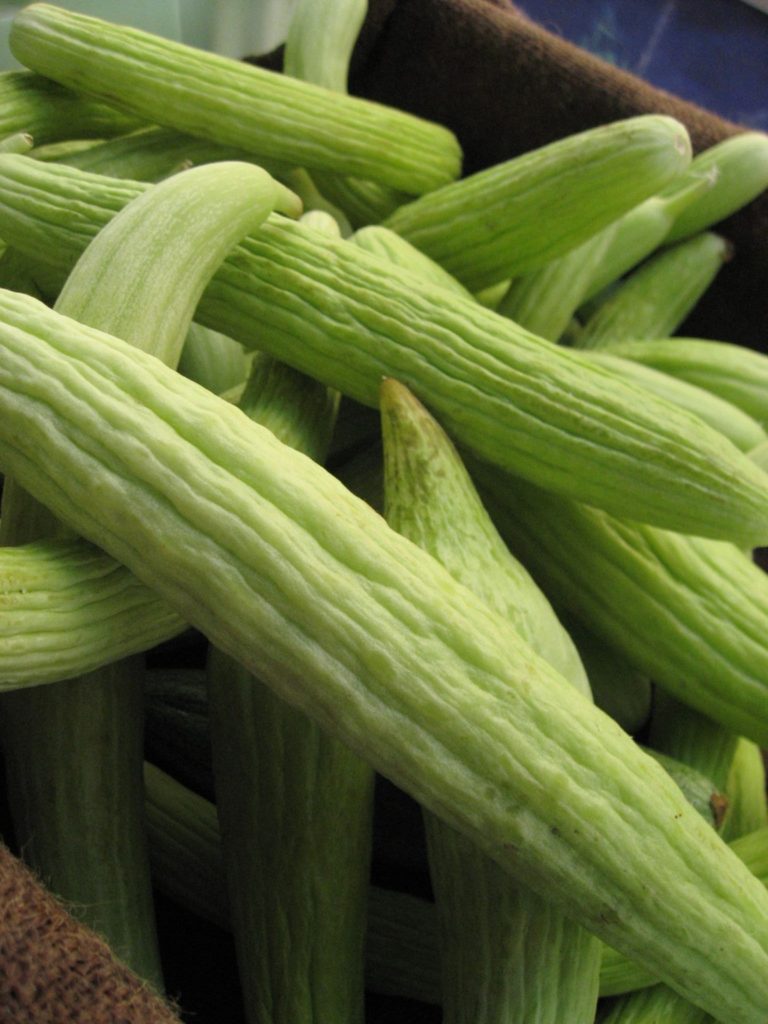
How To Grow
- Cucumbers like full sun but not the extreme desert heat. Therefore they are best planted early in Spring, (mid-Mar/ April) and also right before the fall planting season.
- They are heavy feeders and soils should be prepared with quality compost or a good organic fertilizer that has a higher phosphorus content.
- For spring grown cucumbers it is best to grow them indoors from seed for about 6 weeks before transplanting out in mid-March or April. This means getting good-sized plants in the ground that are ready to start blooming. Soils should be above 60 degrees. Because we get into high temperatures so quickly, plant varieties that do better in the heat such as Tender Sweet, Lemon Cucumber, Beit Alpha, Poona Kheera, and often the pickling types. Also, plant varieties that mature quickly. There are many Asian varieties also available on the market that should be explored.
- Fall harvested cucumbers can be direct sown or planted from seedlings in mid-August to September. At this time of the year, temperatures are still very high in the low desert for production, but the plants will get established and will start to produce once the evenings cool down in late September to October. Most varieties will do well during this time and it is also a good time to plant varieties that do well in cooler temperatures as we head towards November’s cooler weather. Plants will need to be shaded with 30-50% shade cloth during August and September.
- Plant Armenian cucumbers for later harvest through the summer months. Provide enough space as vines are quite vigorous.
- Provide good trellising.
- Be patient with production. It is tedious trying to hand pollinate cucumbers because the blossoms are so tiny. In most cases, bees, ants( especially ants), and other pollinators will get the job done. See below for pollination issues.
Picture Credit: https://www.flickr.com/photos/45688285@N00/550985786/
POSSIBLE ISSUES
No Cucumbers
Most plants do not start fruiting the moment they start blooming. Allow some time for the vines to be ready to support the fruit set. Extreme temperatures affect plant hormones and can cause flowering issues where only males or only female flowers are forming. Check, however, that the variety planted is not parthenocarpic or gynecoecous. Sometimes, lack of pollinators may be an issue and the plant can be hand-pollinated. Use a soft paintbrush to move pollen from male flowers to female flowers.
Cucumber Beetles
Use kaolin clay as a spray over plants when cucumber beetles show up. Spray both the underside and topside of plants. These beetles do spend part of the lifecycle in the soil and are very effectively treated with beneficial nematodes. Cucumber beetles can also spread bacterial wilt disease. Plant radish and allow to flower to help repel cucumber beetles.
White Flies
Cucumbers are notorious white fly attractors. Be vigilant about checking plants very early after planting for whiteflies to show up. Mange by spraying underside of leaves with water. If larger infestations are observed, remove most infected areas. Hard sprays of water knock off eggs and yellow sticky traps help to trap adults and reduce numbers.
Aphids
Do not over fertilizer with high nitrogen fertilizers. If aphids show up, remove initial bugs with a hard spray of water. Watch for possible predatory insects to show up.
Bitter Cucumbers
SEE INTRODUCTION
Good Companions
A great companion for cucumbers is nasturtium flowers. Nasturtium will act as a trap crop attracting aphids and whiteflies. Radishes will help repel cucumber beetles, allow radish to flower. Beans, sunflowers, corn, celery dill, and lettuce are others that can be planted near cucumbers.
Harvesting
Harvest according to guidelines on the seed packet. Most slicing cucumbers, including those that are burpless, can be harvested around 5 inches long. However several varieties are smaller or the shape is not traditional, therefore guidelines on the seed packet are the best indicator of harvesting times.
Propagation and Saving Seeds
Save seeds from the very best fruit. Leave seed saving fruit on the vine for as long as possible to ripen. Then remove the seeds and place them in a jar of water. Cover with a piece of cheesecloth and leave to ferment for 3-4 days. Rinse well and fill the jar again. Seeds that float to the top are not good and should be disposed of. Drain of the water and dry seeds well for 3-4 weeks in a cool area with low light and humidity. They store in a paper envelope.

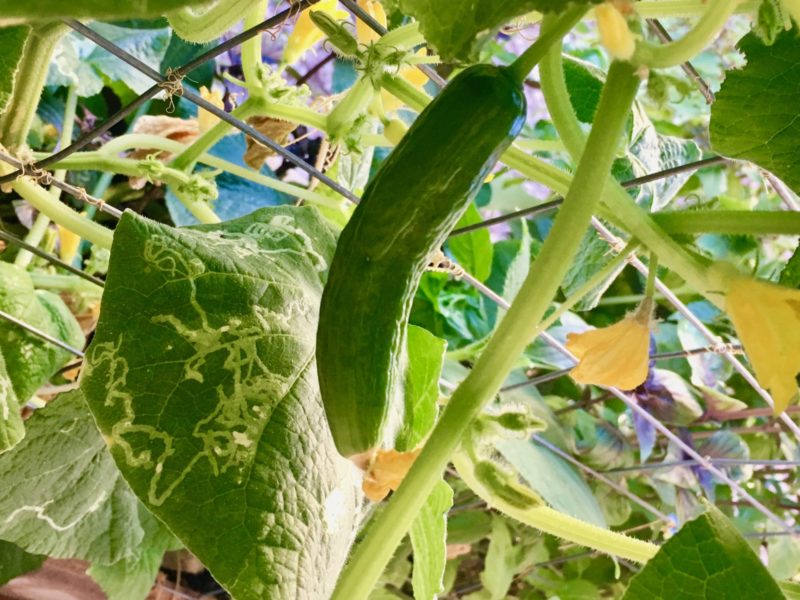
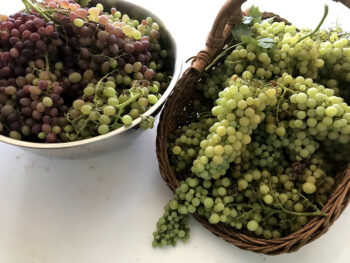
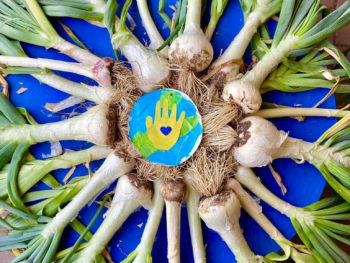
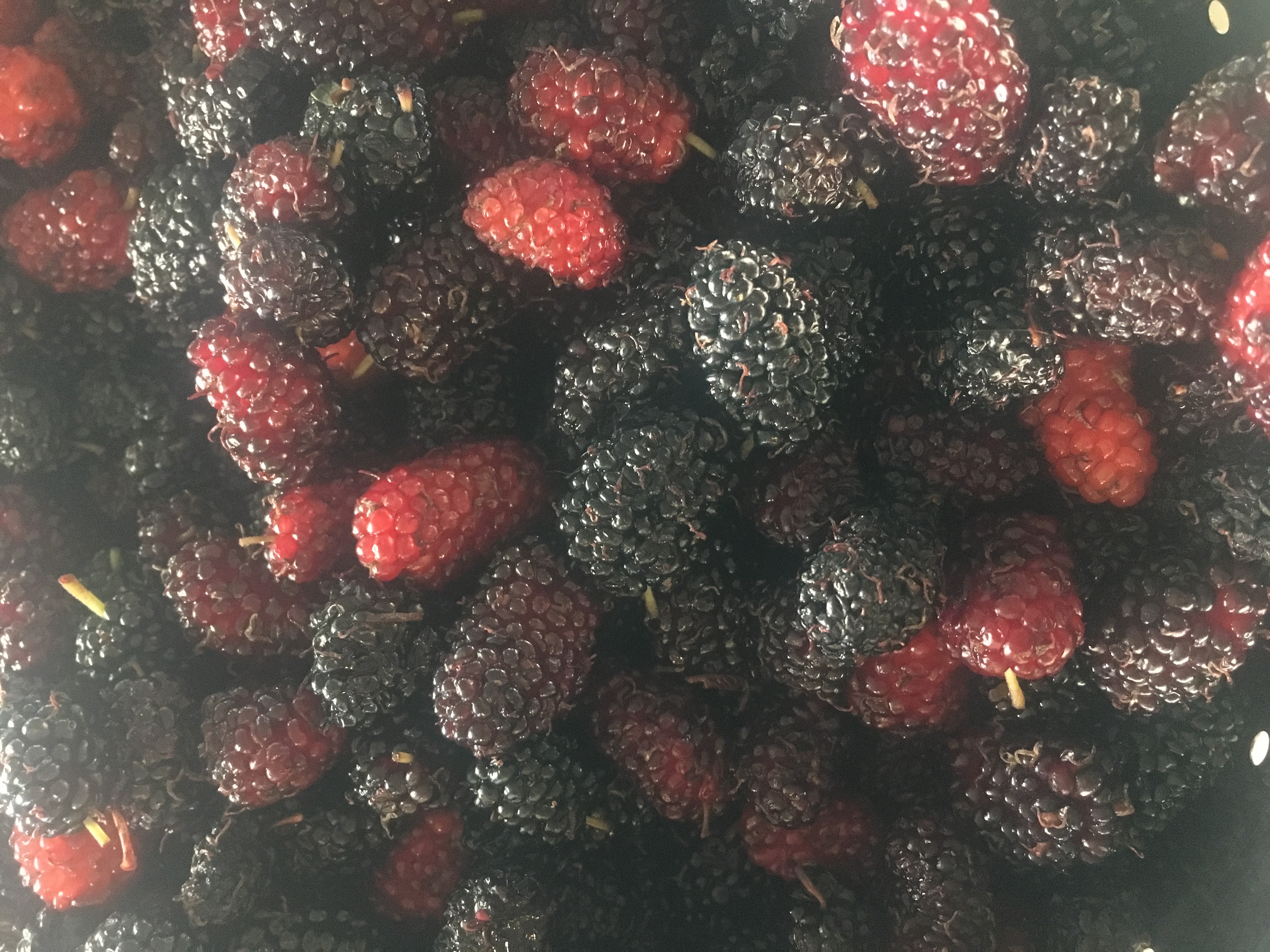
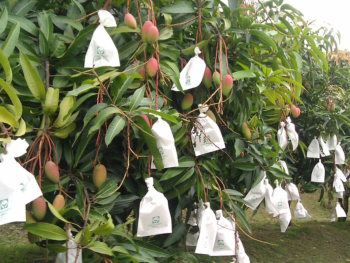
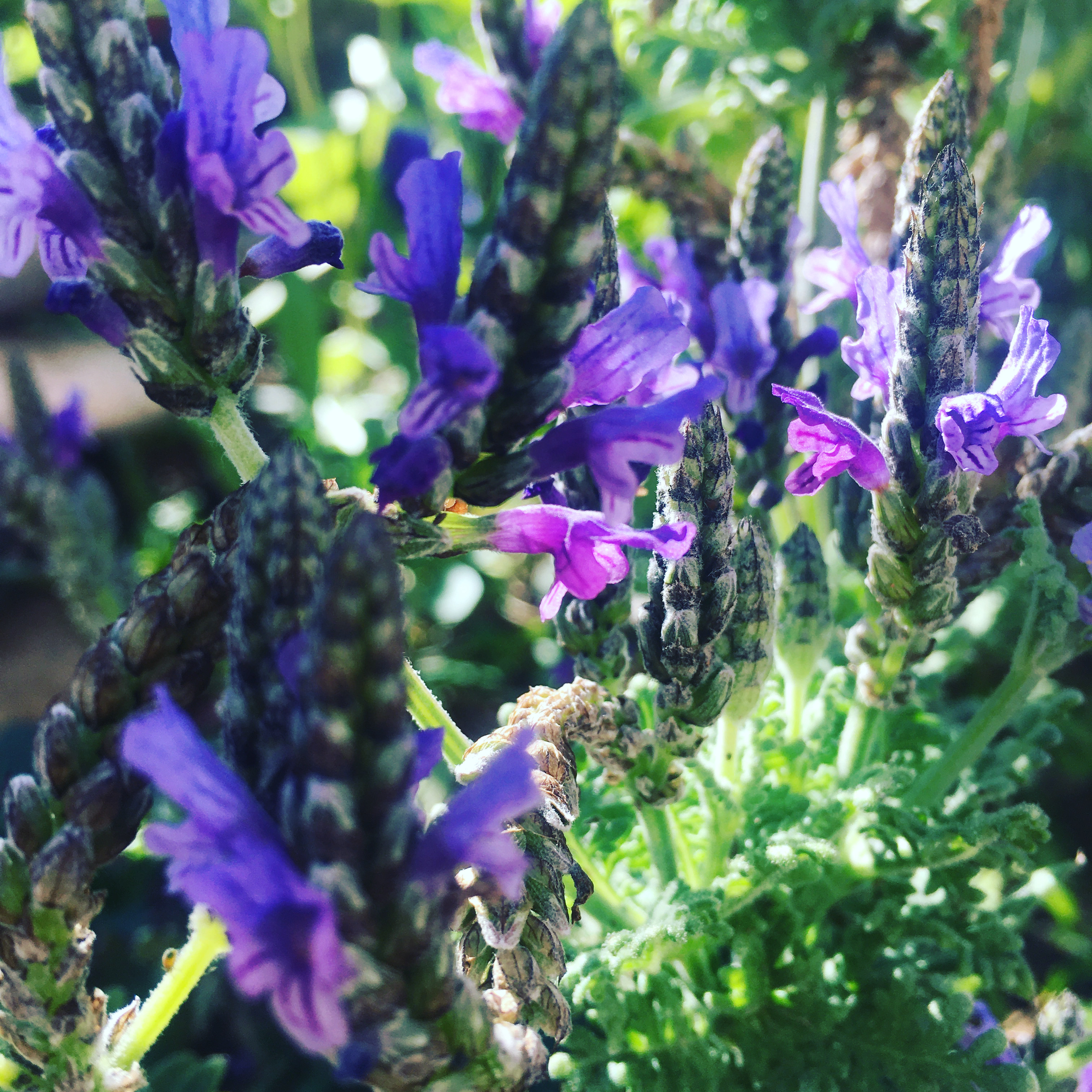
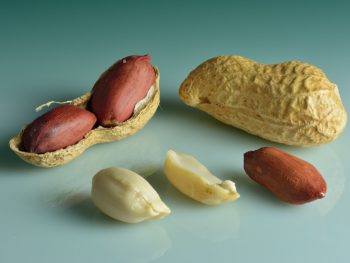
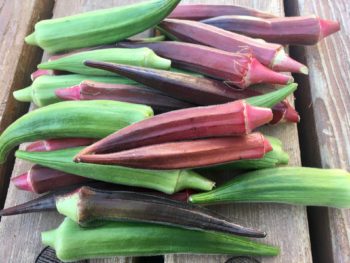
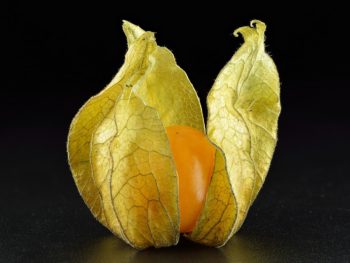
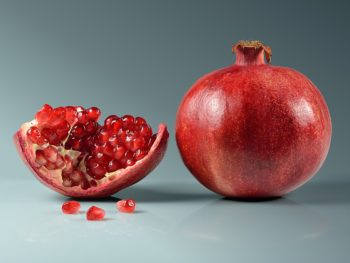
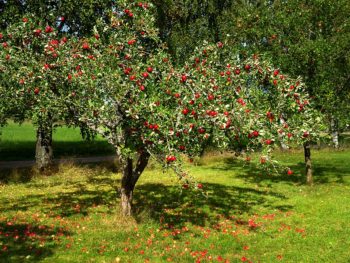
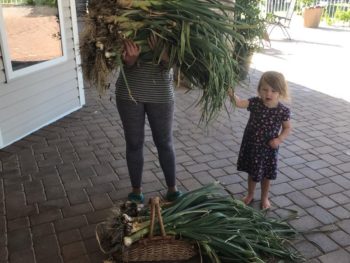
 The Dog-Friendly Garden
The Dog-Friendly Garden